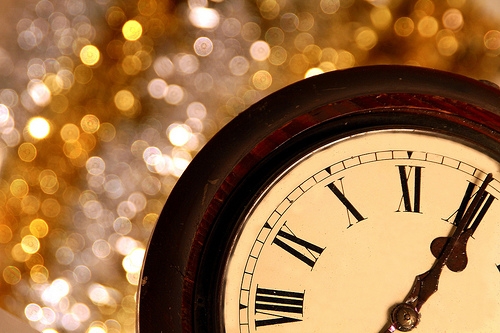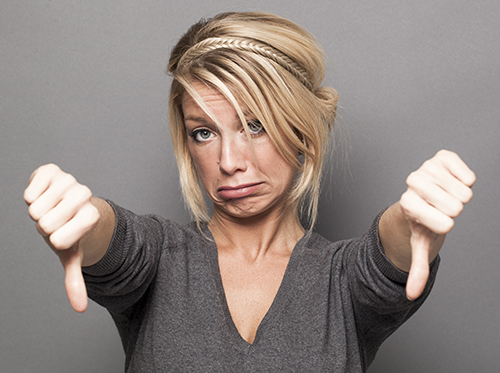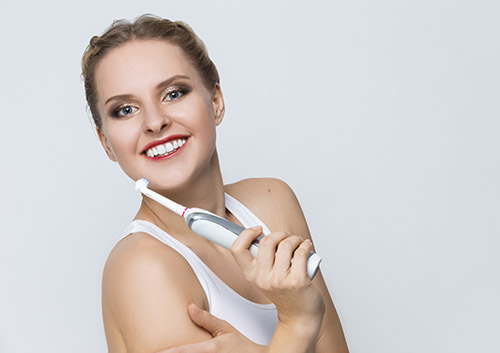Eating Wisely after Wisdom Tooth Extraction
January 5th, 2022

If wisdom tooth extraction is on your calendar, it’s a good idea to visit your grocery store ahead of time to stock up on smart diet options for post-surgery meals. It might be a few weeks before you heal completely, so we have some shopping list suggestions which are safe, soothing, and nutritious to get you through your recovery.
Smart Choices
Soft, Smooth, and Creamy
- Soft-serve ice cream
- Frozen yogurt
- Yogurt
- Pudding
Now is a good time to indulge yourself, and ice cream, yogurt, and pudding are easy on sensitive tissue and filled with protein, calcium, and vitamin D. Just remember—choose soft flavors with no crunchy, sticky, or chewy additions. This means no cones, as well. Most important? Nothing with a straw. Suction can cause the dislodgement of the protective clot over your extraction site. And dislodgement of this protective cover can lead to a painful condition known as dry socket.
Sometimes we recommend a wait on milk products immediately after surgery due to anesthesia, medication, or other considerations—we’ll let you know if that’s the case, and when you can safely enjoy dairy products.
Comfort(able) Foods
- Broth
- Pureed soups
- Applesauce
- Gelatin desserts
- Clear liquids
Foods that don’t require much chewing won’t irritate tender mouth and gum tissue. You can also find a wide variety of flavors to tempt your palate. Choose broths with higher concentrations of protein, and soups which provide minerals and vitamins. Nothing too hot, though—heat can affect the protective clot over the wound site. Applesauce is not only soothing and flavorful, but is a good source of fiber and vitamin C. Gelatin desserts and clear liquids will help you keep hydrated, which is extremely important as you heal.
Blender-Friendly Creations
- Smoothies
- Pureed foods
Want to get creative in the kitchen? Create your own smoothies and purees to suit your individual taste! Blended foods are easy to eat, and you can add vitamins with your choice of fruits and vegetables and proteins or protein powder for nutritional value. (Sip or eat smoothies with a spoon, as straws are still off-limits.)
You can gradually add semi-solid foods such as mashed potatoes, oatmeal, cottage cheese, and scrambled eggs as you recover. Don’t worry—we’ll give you aftercare instructions that will include what you should be eating and drinking right after surgery, and what you can add to your diet as you heal.
Unwise Diet Selections
It wouldn’t be sensible to leave you without some idea of which foods to avoid for the next few weeks. Talk to us about how and when to re-introduce these items to your diet.
- Grainy, seedy, or crunchy foods, which become tiny particles as you chew, can lodge in the surgical site.
- Spicy, carbonated, and acidic foods can irritate delicate gum tissue.
- Sticky and chewy foods can be hard on the extraction side.
- Hot beverages can interfere with the protective clot that forms over the wound.
- Alcohol can interact with medications and, according to several studies, potentially slow healing.
- Anything that requires a straw. Any kind of suction risks dislodging the protective clot at the surgical site. Eat your milkshake with a spoon—it’s still delicious!—and absolutely no cigarettes.
And one final word to the wise: seeing Doctors Bauer, Lawrenz, and Stark for wisdom teeth extraction and follow-up is an excellent idea!
Oral surgeons like Doctors Bauer, Lawrenz, and Stark have a minimum of four years of advanced studies in a hospital-based residency program, where they train with medical residents in the fields of general surgery, anesthesiology, internal medicine, and other specialties with a specific focus on the anatomy of the face, mouth, and jaw. They are uniquely qualified to make sure your wisdom tooth extraction and healing are successful.
If you have any questions about the procedure, and what you can do at home to help the healing process, give our Champlin, MN office a call. We want to help you make the wisest choices for diet, pain relief, wound care, and all of your other aftercare needs.




 Website Powered by Sesame 24-7™
Website Powered by Sesame 24-7™